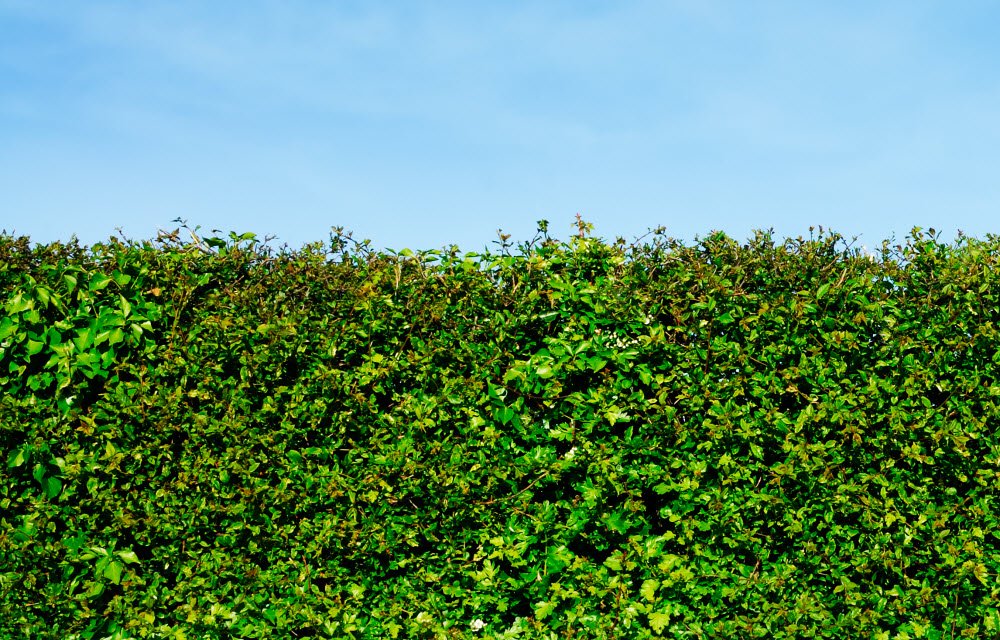
Back in the 19th cent, British separated Eastern India from the westn India by an impenetrable belt of trees mostly made up of thorny plants. British formed a man-made barrier, all the way from Layyah in Punjab (now in Pakistan) to Burhanpur, on the banks of Narmada, 1000km long. 



Why do you think #British had planted these trees accross 1000's of kms. ??
These plants were planted by the British in the 1840s to strengthen the Inland #customs Line, so that the British can exploit one of the most basic ingredients of every Indian food—salt.
This1000+ km strech of thorny plantation is called the Great Hedge of India.
This1000+ km strech of thorny plantation is called the Great Hedge of India.
Historically, salt was produced on the west coast of India along the Rann of Kutch,#Gujarat. And, On the east coast, salt was obtained extensively along the coast of Orissa. As salt production was restricted only to the coastal areas, nearly....
...every empire that ruled across the country, dating back to Chandragupta Maurya’s time (1st cent BC), tried to increase the revenue by enforcing a salt tax if it is imported into the interior of the country...
By the late 18th century, the British East India Company had a stranglehold on India’s salt trade. The salt works were leased out to the highest bidders, who in turn had to sell salt to the British's East India company at a fixed rate....
The British then sold the salt in the open market at greatly inflated prices that very few could afford. This forced many people to stealing from warehouses and others to smuggling salt from the princely states which remained outside of direct British rule...
In order to curb this salt smuggling, a series of custom houses and barriers were constructed across major roads and rivers in Bengal to collect tax on traded salt as well as duties on tobacco etc. Finally, this Inland Customs Line extended all the way into Punjab in the north...
The hedge was at least 1,300 km long. Maintaining the hedge was a difficult task. In 1869 alone, the customs men dug 2 million cubic feet of earth and carried over 150,000 tons of thorny material for the hedge...
For all the time and effort that went into building and maintaining the hedge, it was only partially successful. Smugglers forced their way through the hedge with herds of salt-laden camels or cattle. Others threw sacks of salt over the hedge
The price inequality in salt due to the salt tax led to salt deprivation in millions of Indians living across the Hedge.
In regions where price was higher, people consumed less than half of what the average person took west of the line...
In regions where price was higher, people consumed less than half of what the average person took west of the line...
According to the British government’s own records, the barrier directly affected salt consumption, reducing it to below the level that regulations prescribed for English soldiers serving in India...
Salt deprivation might have contributed to many diseases worsening health and hindering recoveries. After the Inland Customs Line was abolished, salt consumption grew by 50 percent between 1868 and 1888 and doubled by 1911. @SudhaRamenIFS @ParveenKaswan
Although the hedge was abolished, salt tax itself did not go away. It remained a controversial subject throughout India’s long fight for independence. The salt tax was finally abolished in Oct 1946 by the Interim Government of India, just 10 months before India's independence🇮🇳🙏
Credits to : Kaushik patowary.
• • •
Missing some Tweet in this thread? You can try to
force a refresh











